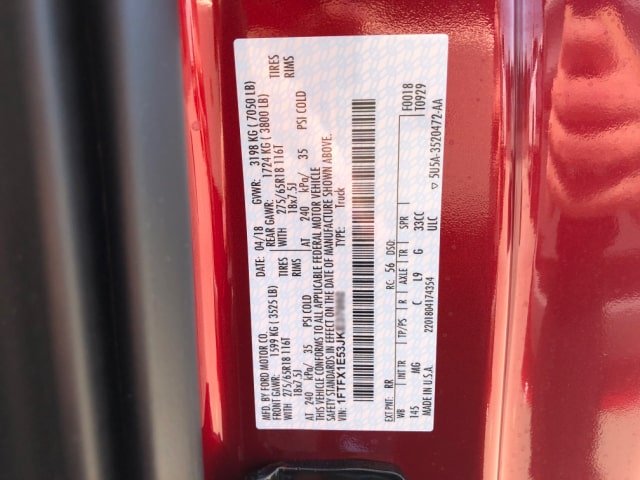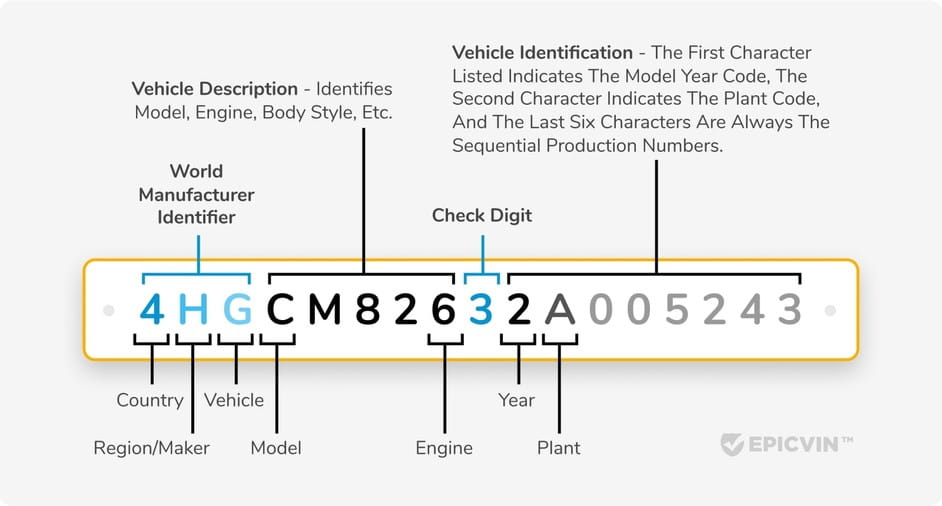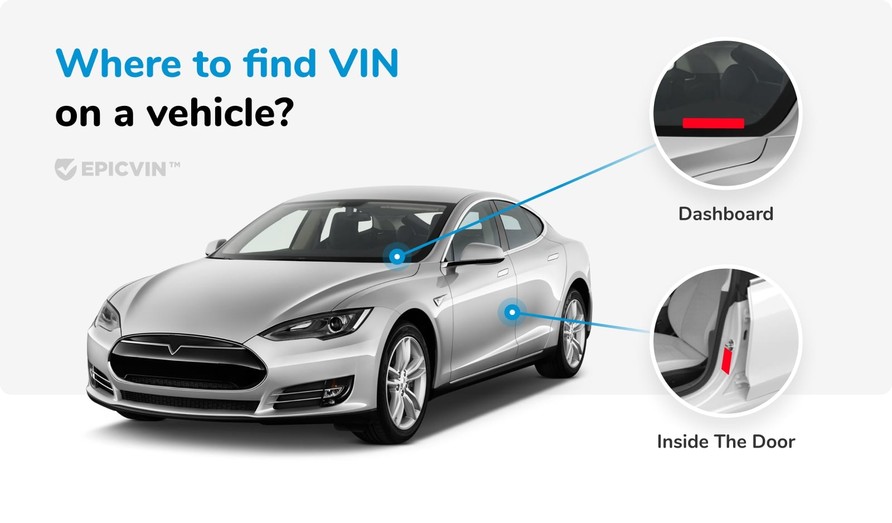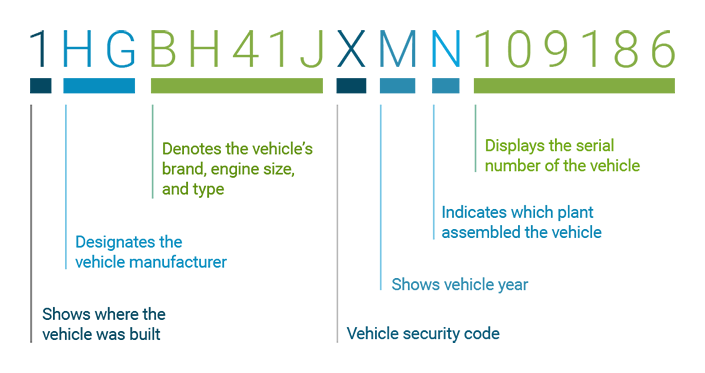7 Critical VIN Checks Before Buying a Used Car
- Accident history verification
- Ownership timeline analysis
- Odometer reading validation
- Title status confirmation
- Recall information check
- Service record verification
- Insurance claim history
Unlock the secrets hidden in your vehicle's DNA with our comprehensive VIN decoder guide.



